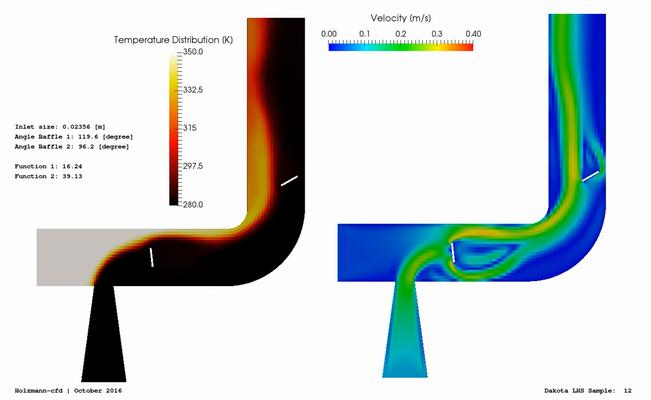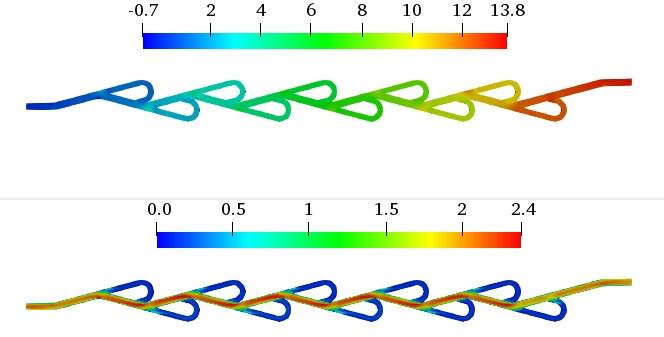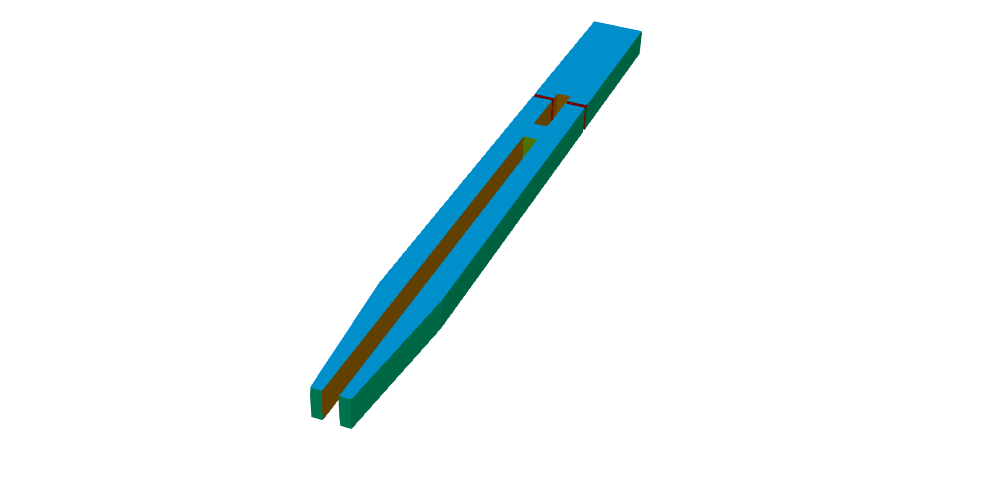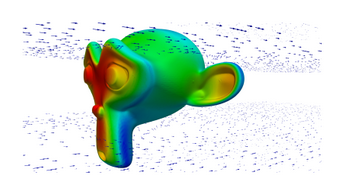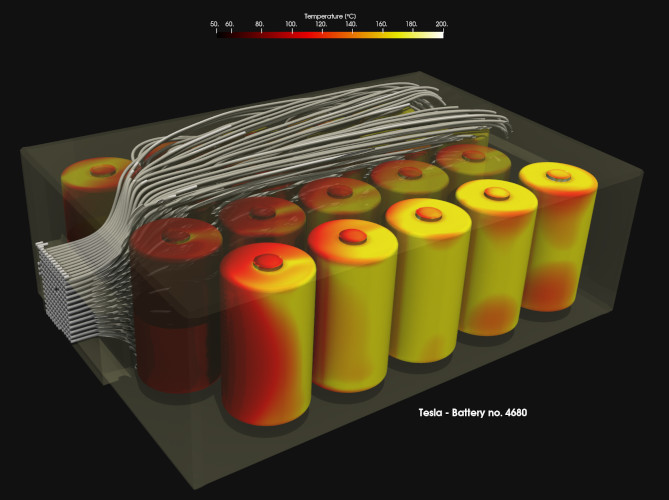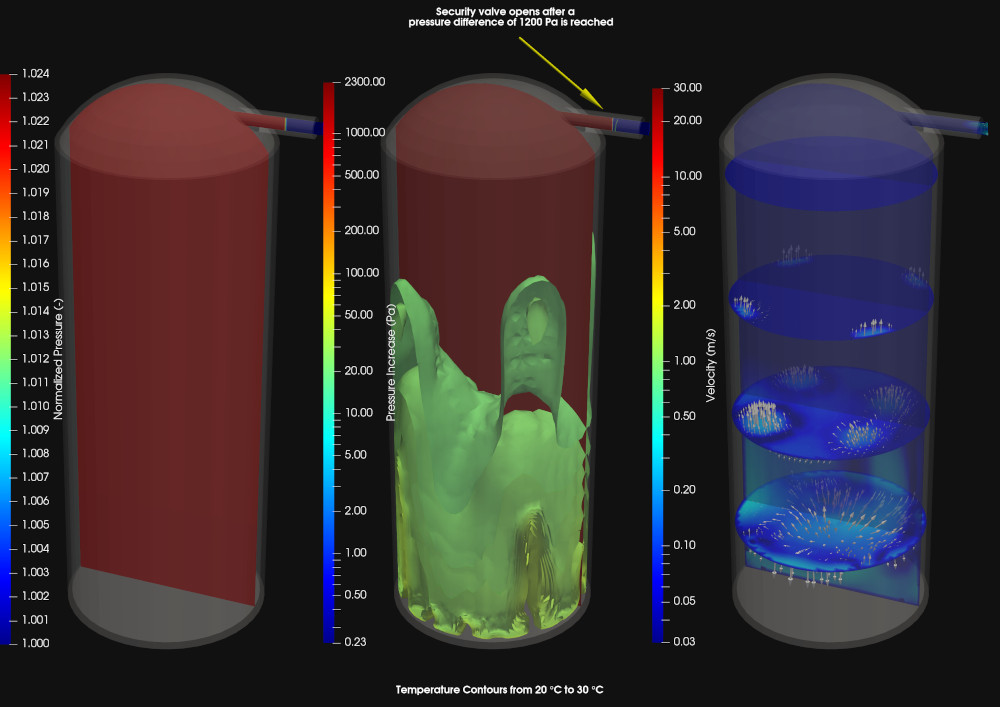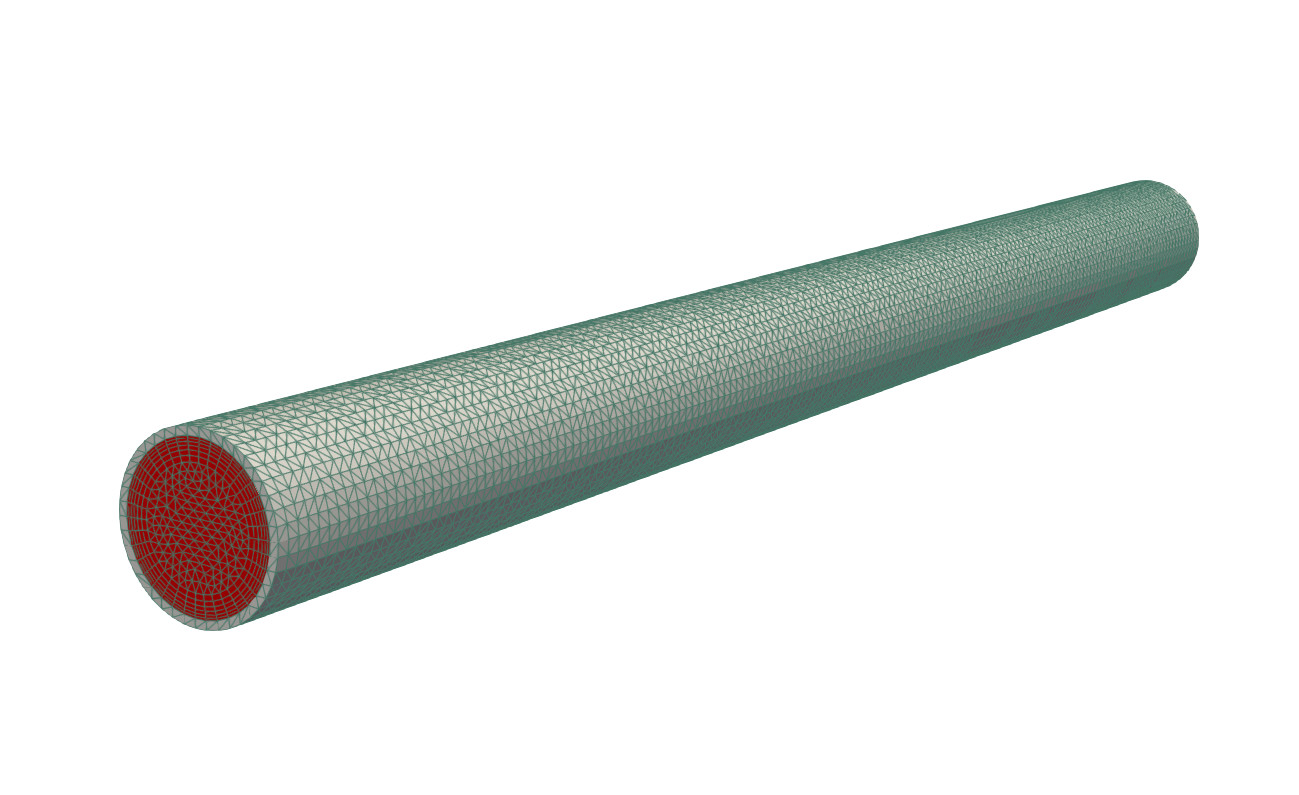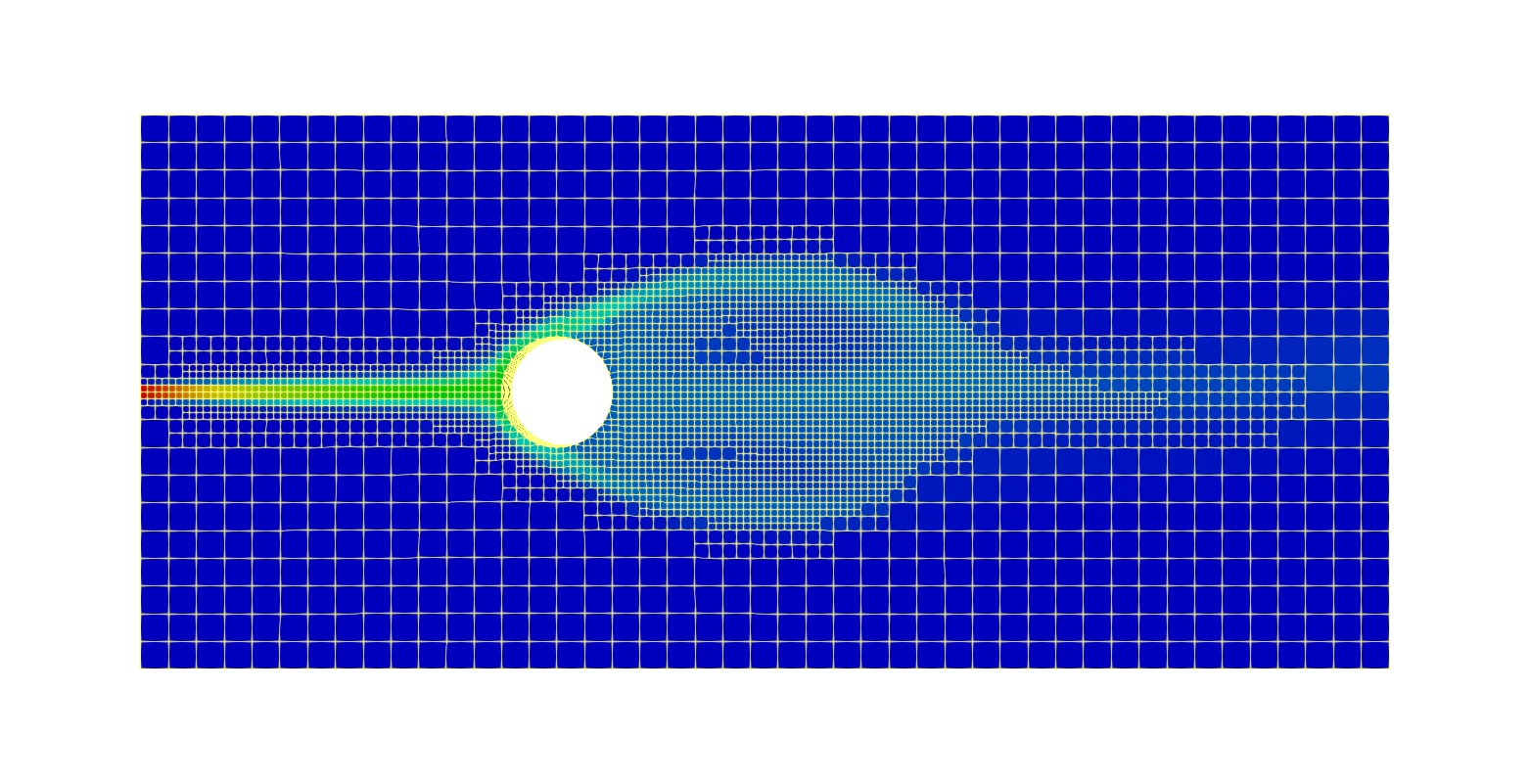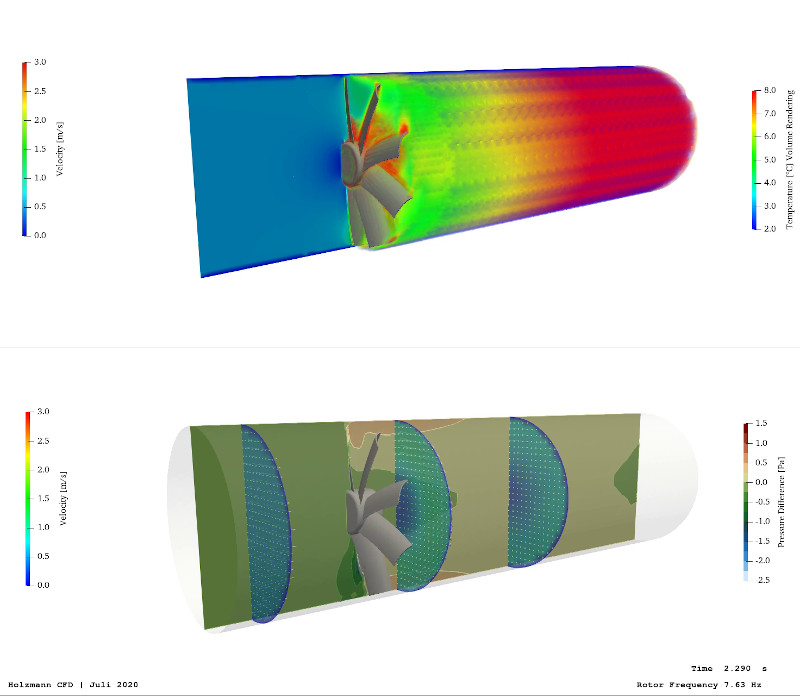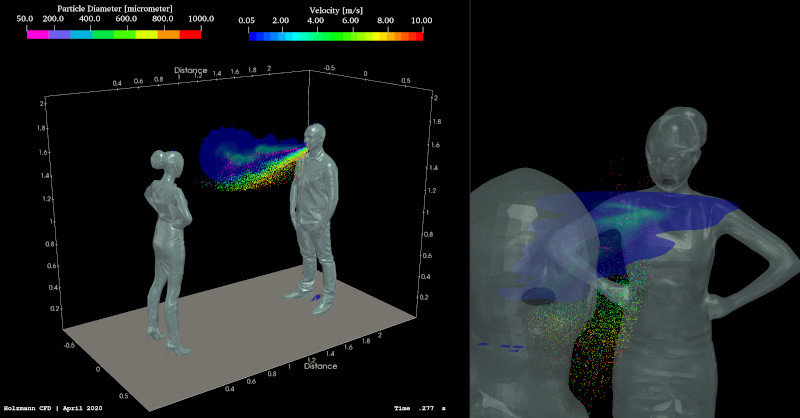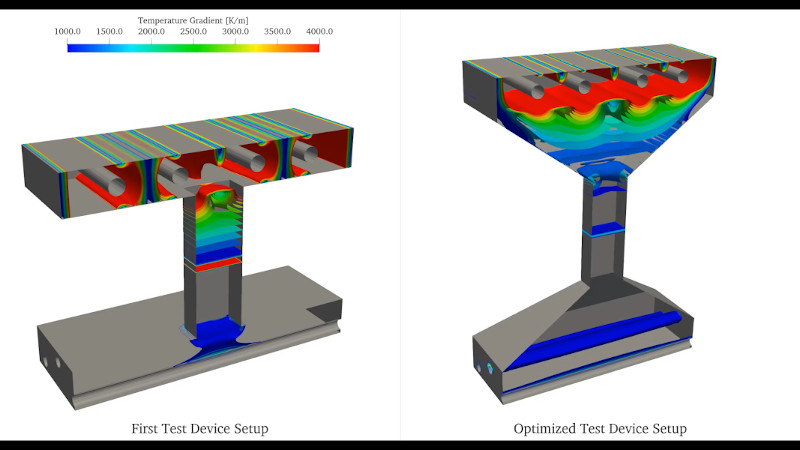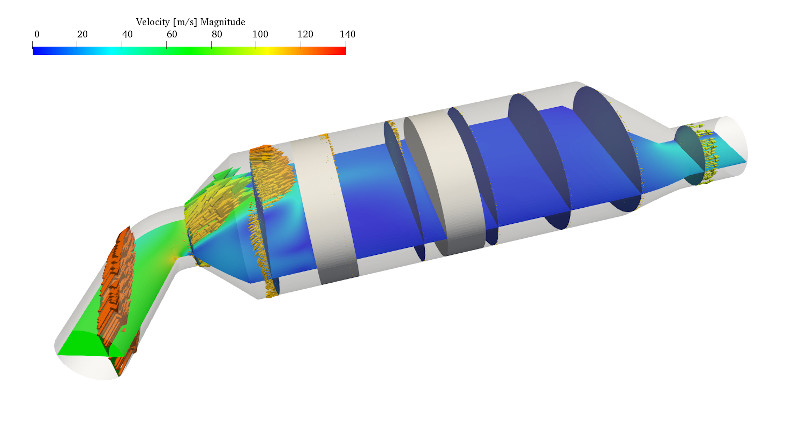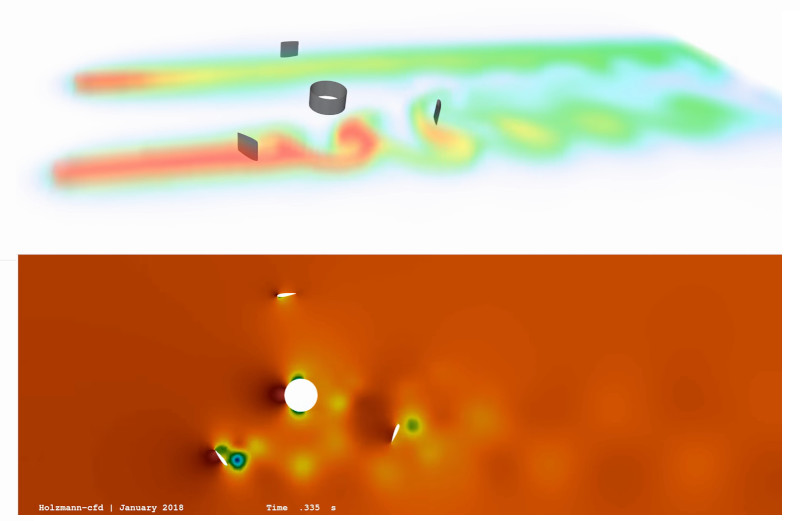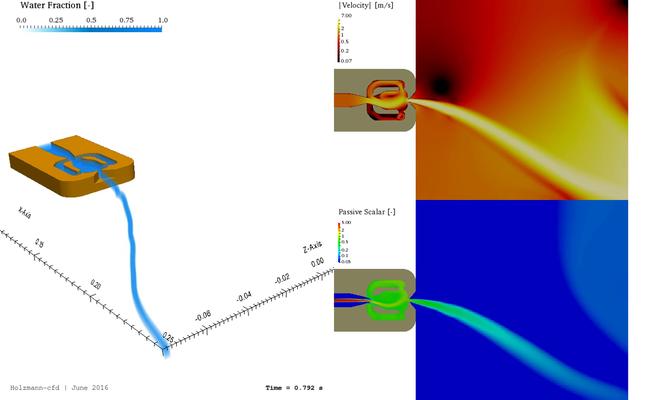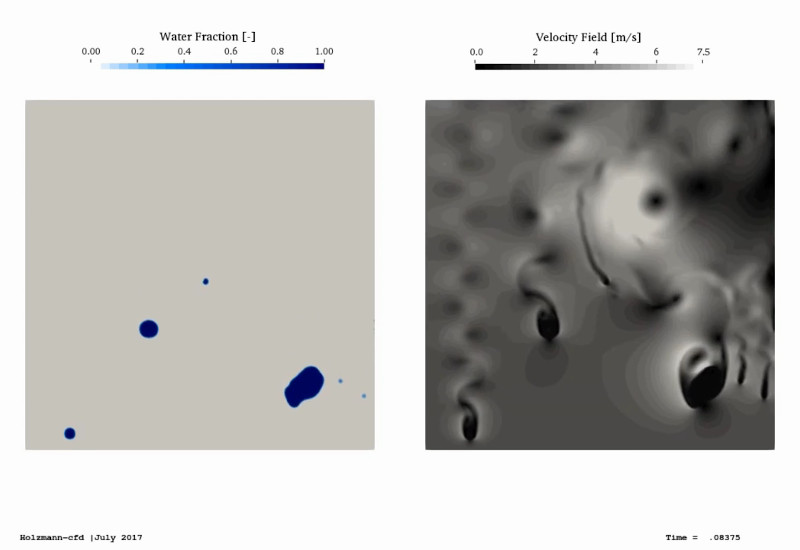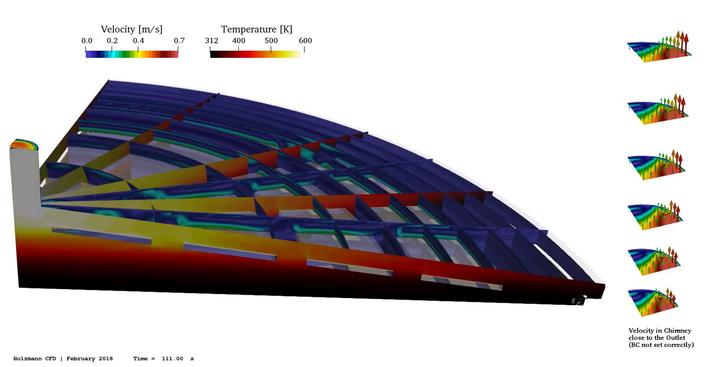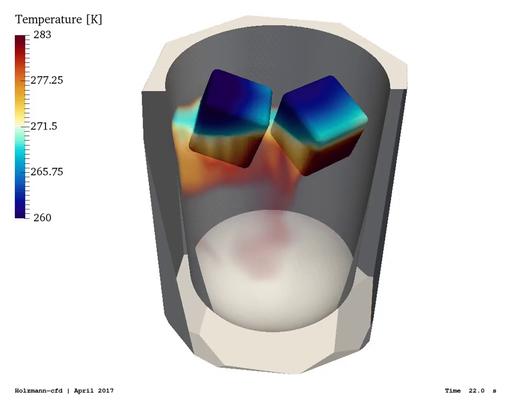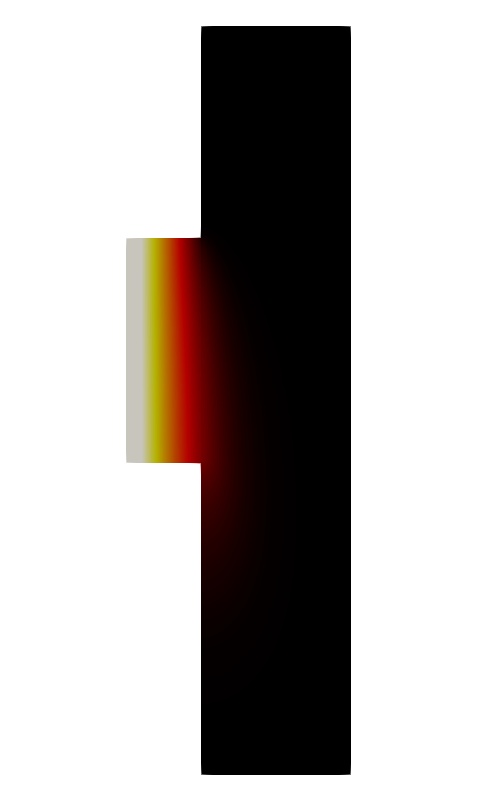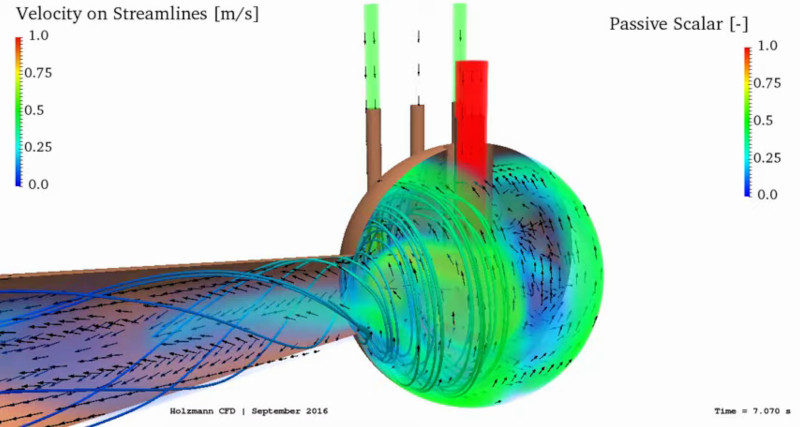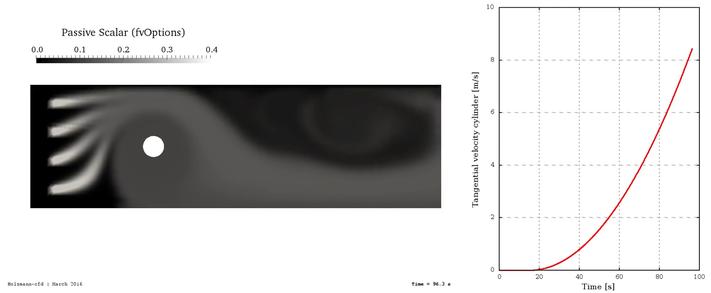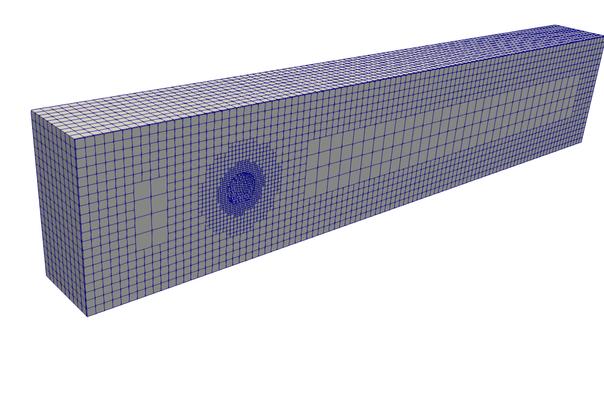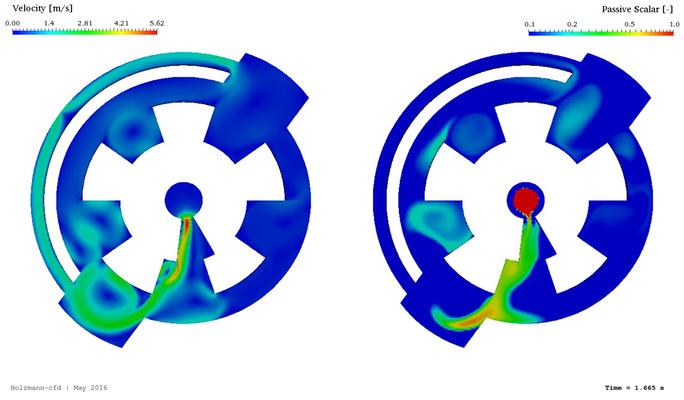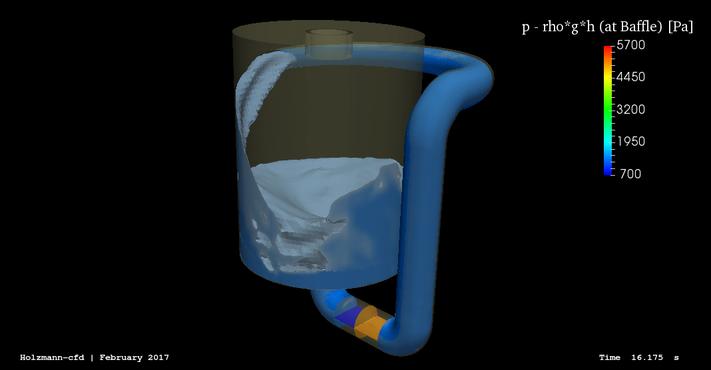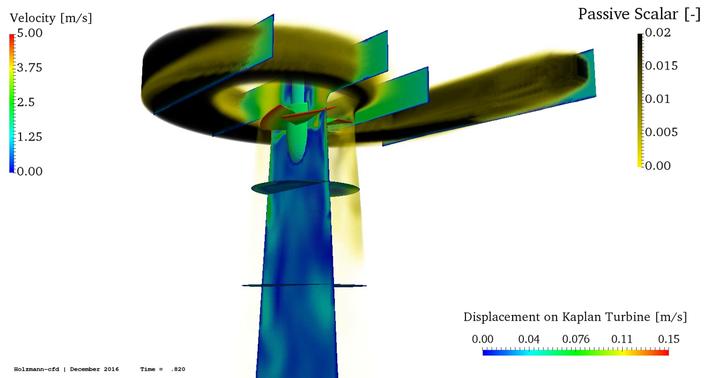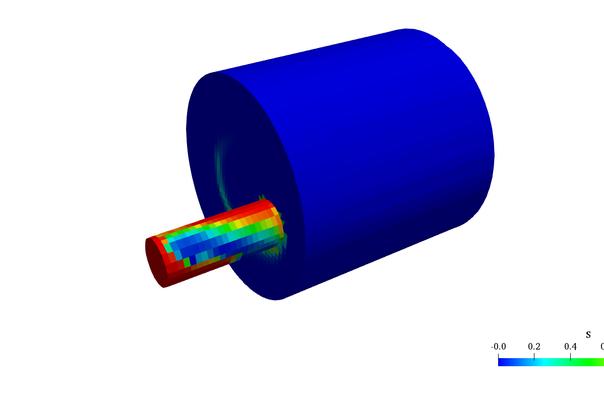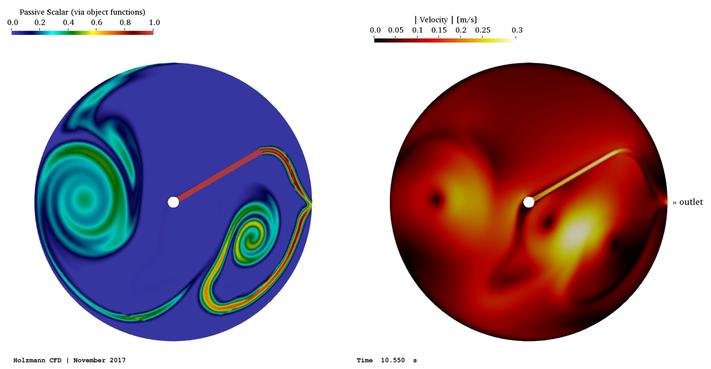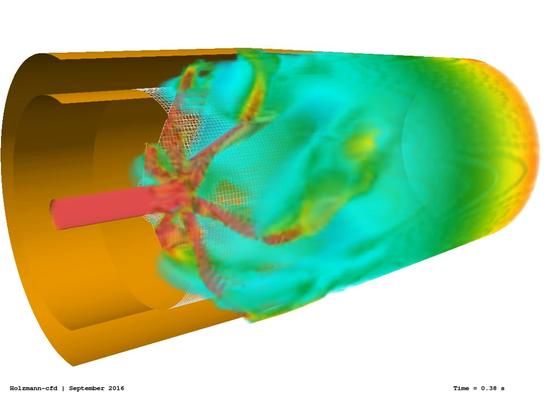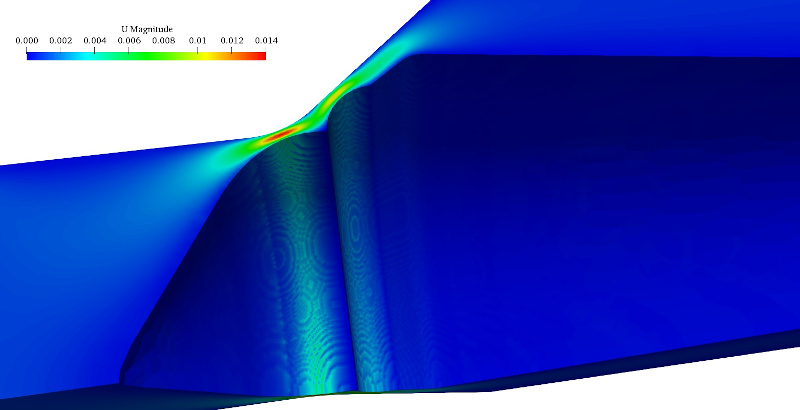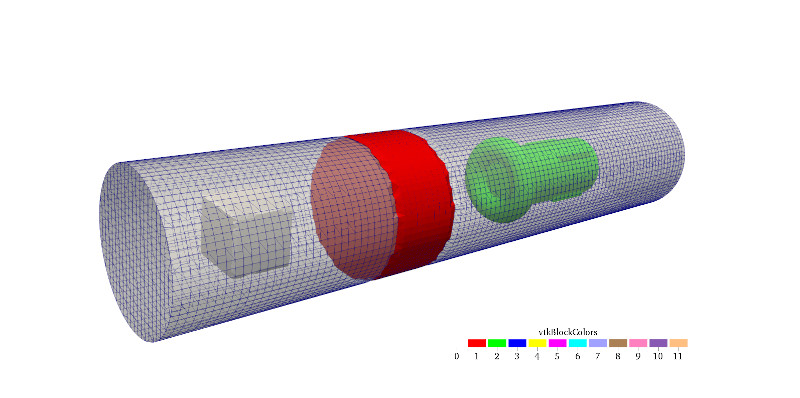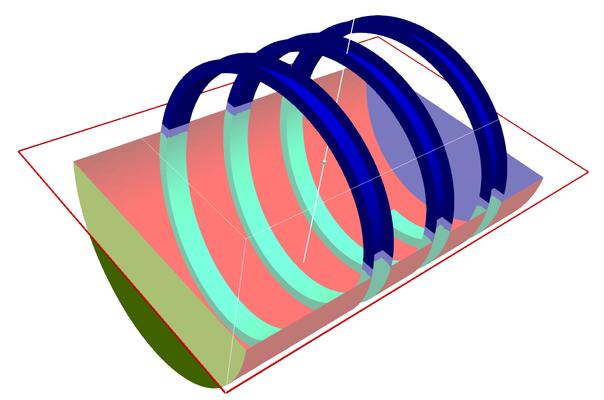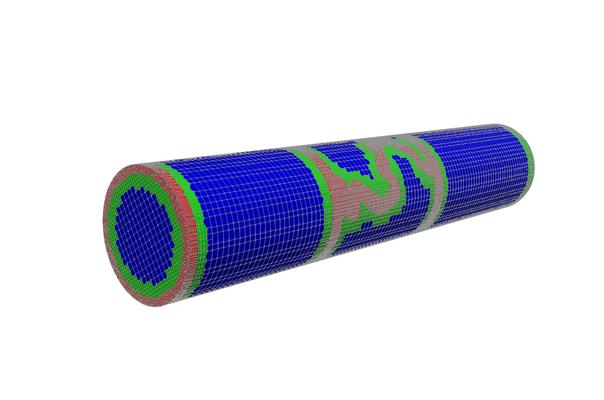OpenFOAM® Training Cases | Free Tutorials
Tobias Holzmann's free available training cases for OpenFOAM® in a varity of engineering fields and method/techniques
Tobias Holzmann investigated into different numerical analyses during the last ten years, which are published on YouTube or in the »Inspiring Simulations« section. Most of the training cases are preprocessed for the community and which are shared in this section as free OpenFOAM® tutorials. As the number of the training cases are increasing during the time, it would be very neat to support his work by a voluntary donation. Please feel free to send your ideas for new community cases to »
The 6 most popular OpenFOAM® community cases of the last 31 days
If no graph is displayed here, no javascript is working on your browser
The above pie chart above is related to the number of downloads counted on this website and hence, it is always up-to-date. Thus, it presents the community interests related to the published OpenFOAM® cases by Tobias. The chart below shows the common OpenFOAM® version in use by the community. As in the pie chart above, the data is related to the counted downloads from this website.
An indication which version the community is using related to the last 100 days
If no graph is displayed here, no javascript is working on your browser
In the following, all free available OpenFOAM® tutorials (training cases) created by Tobias Holzmann are presented and split into different topics.
Meshing Cases
The collection of the meshing cases includes a range of different complex meshing geometries that are meshed with the official OpenFOAM® mesher snappyHexMesh. In the meshing dictionary of the application, you will find individual comments that explain different keywords by using Holzmann CFD's own words.
Simulation Cases
The collection of the simulation cases includes a wide range of different simulation problems including the meshing step (but without detailed information about the meshing progress). The focus is related to correct boundary conditions, numerics, and usage of the OpenFOAM® solvers as well as residual control and other possible functionalities that can be activated by using function objects.
Dynamic Mesh Cases
The collection of the dynamic mesh cases is the most advanced topic one can do with OpenFOAM®. The main focus is the generation of the arbitrary mesh interface (AMI or ACMI) with different OpenFOAM® tools and meshing operations. The optional comments in the files will give you all the information that is necessary to adapt the training cases to your simulations. There is no particular focus on numerics during the solving procedure.
Since 12.02.2025, an official GitHub repository for all available training cases are public available for the sake of transparency and traceability. Feel free to have a look into the repository and check out which changes were required to get the case ready for the next version. The new work shall support all people who want to port their cases to newer OpenFOAM versions. » Tobias Holzmanns Repository that contains all tutorials given below

If no graph is displayed here, no javascript is working on your browser

